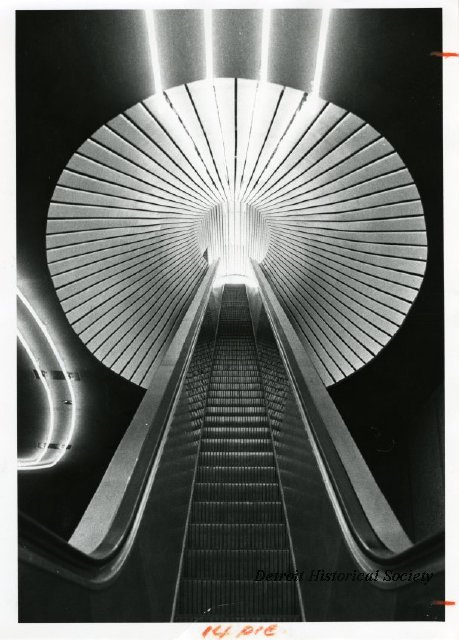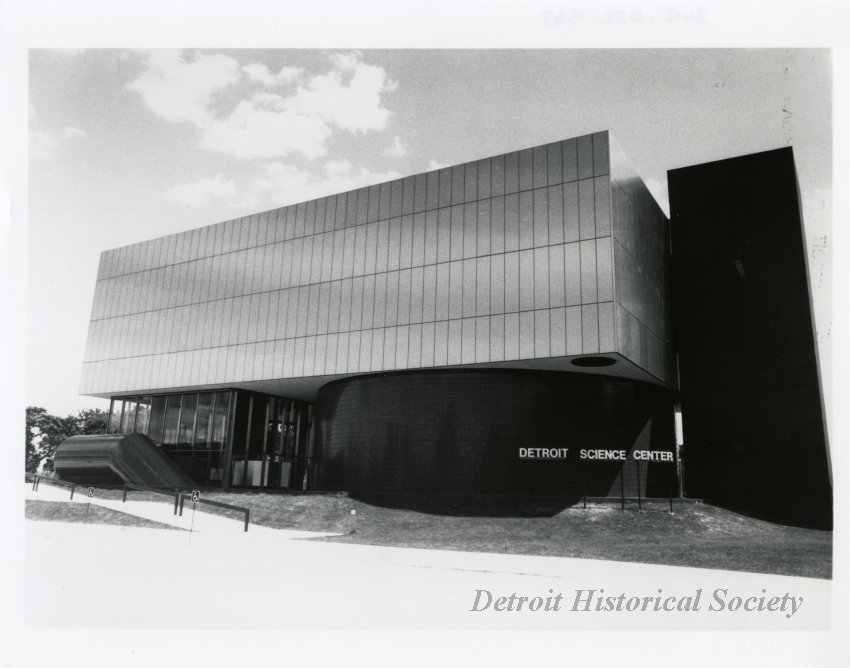William Henry Kessler was a modernist architect who worked with Minoru Yamasaki and made a name for himself designing striking residential architecture, significant Detroit buildings and restoring theaters. He and his firm received over fifty American Institute of Architects (AIA) awards.
Kessler was born in Reading, Pennsylvania on December 15, 1924. After serving in the U.S. Air Force from 1943-1946, he attended the Chicago Institute of Design, graduating in 1948. He went on to Harvard University to study with Walter Gropius, founder of the Bauhaus School, receiving a master’s degree in architecture in 1950.
Kessler came to Michigan where he was hired by the firm of Leinweber, Yamasaki and Hellmuth. When that firm dissolved in 1955 Kessler, along with another architect from the firm, Philip J. Meathe, opened Meathe, Kessler and Associates, focusing on residential architecture. Not long after, in 1959, Kessler designed his own home in Grosse Pointe Park, now known as the William and Margot Kessler House. The one-story, steel-framed residence, featuring a wall of windows and a saw-toothed roof line used in other residential designs, was a stark contrast to the traditional houses around it. The house is on the National Register of Historic Places.
Another notable residence was built in 1964 for W. Hawkins Ferry, a two-story house on Lake St. Clair, unlike the typical one-floor styles designed by the firm. In 1968 the firm became William Kessler and Associates, with Meathe leaving to work for Smith, Hinchman and Grylls. Under this iteration of the firm the Kresge-Ford building at the College for Creative Studies was designed, opened in 1975. Sometimes referred to as the Tinkertoy or Lego building, its modular construction can be expanded in any direction. The Detroit Science Center and Detroit Receiving Hospital, both opened in 1979, were two other Kessler buildings. The Science Center is noteworthy for its form following function design and Receiving Hospital for its aluminum-sheathed façade.
In addition to designing new buildings, Kessler became involved with the restoration of old structures, starting with the Fox Theatre in 1988, leading to projects around the country to help save other theaters. In Detroit the firm continued its commitment to restoration by restoring and creating an addition to Detroit Cornice and Slate Company Building in downtown Detroit. Kessler had many projects outside Detroit including the School of Public Health at Harvard University and the Grand Valley State University master plan near Grand Rapids.
The firm was reorganized in 1999 to become Kessler/Francis/Cardoza Architects. William Kessler died on November 16, 2002 in his home. In 2013 his papers were donated to the Archives of Michigan in Lansing.

